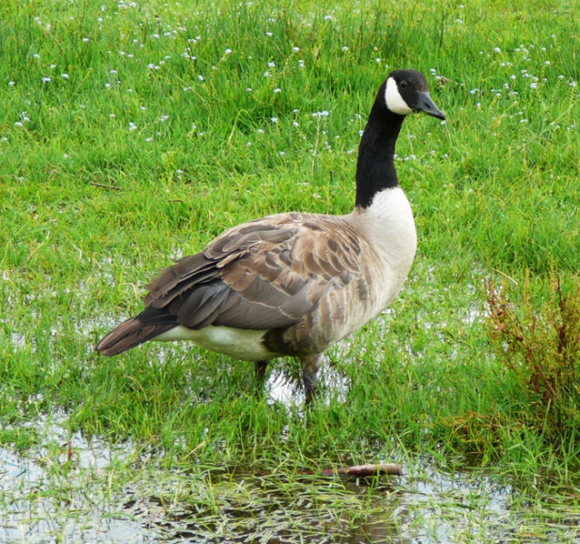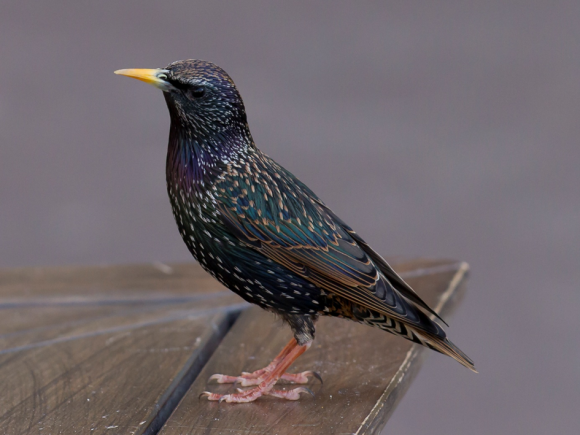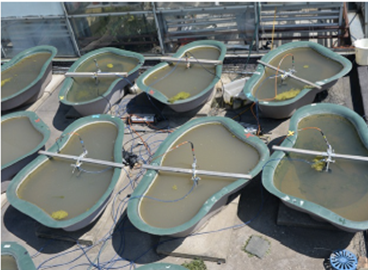6 May 2013 | By Sabrina Kumschick
A central goal of invasion biology is to prevent or reduce the impacts of invaders on the environment, economy and society. One highly effective way to reduce invasive species impacts in a country is to prevent the introduction of harmful species in the first place. But how do we know which species are going to be harmful before they are introduced? One way of looking at this problem is to find species traits that have been consistently associated with serious impacts in other places and over time. If organisms with these “invasive traits” are more likely to have serious impacts, then preventing their introduction should prevent any impacts from materialising.
C·I·B post-doctoral researcher Dr Sabrina Kumschick and her international collaborators Tim Blackburn and Sven Bacher tackled this question by looking at what characteristics often accompany environmental and economic impacts of introduced mammals and birds in Europe. The researchers collected characteristics of the mammals and birds of which they thought might have a connection with impact, for example body size (assuming bigger species could have higher impact, e.g. Canada goose), geographic range size, diet and habitat range (since the more resources a species can use, the higher its impact potential, e.g. the brown rat which is invasive all over the world). Information on impact was compiled and a generic scoring system used, which was designed for impact to be consistent and comparable across different groups of species.
The study revealed that large body mass and occupying a wide range of habitats indicates that a species may have serious impacts if it is introduced into new areas. The authors found similar patterns for birds and mammals, suggesting that general patterns might exist for all vertebrates.
Read the article
For more information, contact Sabrina Kumschick at sabrinakumschick@sun.ac.za




